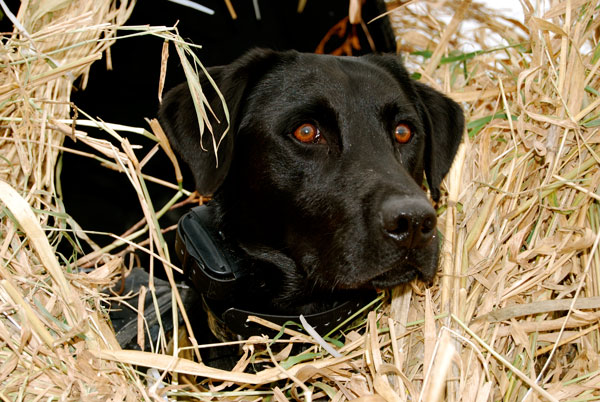Justin Paget/Getty Images
Whenever I cook a pikelet, pancake or fritter, the first batch tastes and looks worse than the rest. Why is this?
Susan Bell
London, UK
When you start to cook a batch of pancakes, you have to get the pan hot enough. People worry that they will burn the pan, so they put the mix in too early. The pancakes or fritters then absorb too much fat and go soggy.
When people see that the pancakes aren’t cooking quickly enough, they turn the heat up a bit and the next ones are usually fine.
Stuart Farrimond Author of The Science of Cooking,
Trowbridge, Wiltshire, UK
There are two key reasons why the first pancake, fritter or pikelet is usually the worst of the bunch. The first is that heat hasn’t yet evenly distributed across the surface of the pan when the first dollop of batter is added. The centre of the pan will invariably be hotter than the edges and there will be hot spots – especially with thin pans or with pans that are too big for the burner or hob.
Your first attempt will therefore be less evenly cooked than the next. By the time the first pancake, say, has been cooked, heat will be much more evenly distributed across the pan’s base.
Beware advice saying copper pans will avert this problem. While copper distributes heat across its surface faster than other metals do, it is the thickness of the pan’s base that will have a larger effect on the evenness of the heat distribution, and a thick, cheaper pan can outperform a thin copper one.
The second and probably more important factor is due to the oil initially being unevenly spread across the pan’s surface.
Frying is such an effective cooking technique because the oil transfers heat from the pan’s surface into the food very efficiently, and at high temperatures, while forming a barrier between the food and the metal. This barrier prevents sticking – when protein binds directly to the metal’s surface – and scorching, a chemical reaction called pyrolysis.
When oil is first added to a clean pan, it will invariably collect in small blobs across the surface, meaning it won’t form an even oily veneer when the first dollop of batter is added to a pan.
After the first pancake has been cooked, however, the residual oil will be spread evenly across the now very hot pan, meaning the second will be much more successful.
A neat way to sidestep this is to use a piece of kitchen paper to wipe off nearly all the oil just before adding the first dollop of batter or fritter. Any blobs will be wiped away and a thin sheen of hot oil will be left behind.
John Winterburn
Earlswood, Warwickshire, UK
I have also found that the first pancake is the worst. It has a different texture and colouration to those cooked afterwards.
However, I find that the taste isn’t affected and so the first pancakes are always treated as the cook’s privilege.
To answer this question – or ask a new one – email [email protected].
Questions should be scientific enquiries about everyday phenomena, and both questions and answers should be concise. We reserve the right to edit items for clarity and style. Please include a postal address, daytime telephone number and email address.
New Scientist Ltd retains total editorial control over the published content and reserves all rights to reuse question and answer material that has been submitted by readers in any medium or in any format.
Terms and conditions apply.






